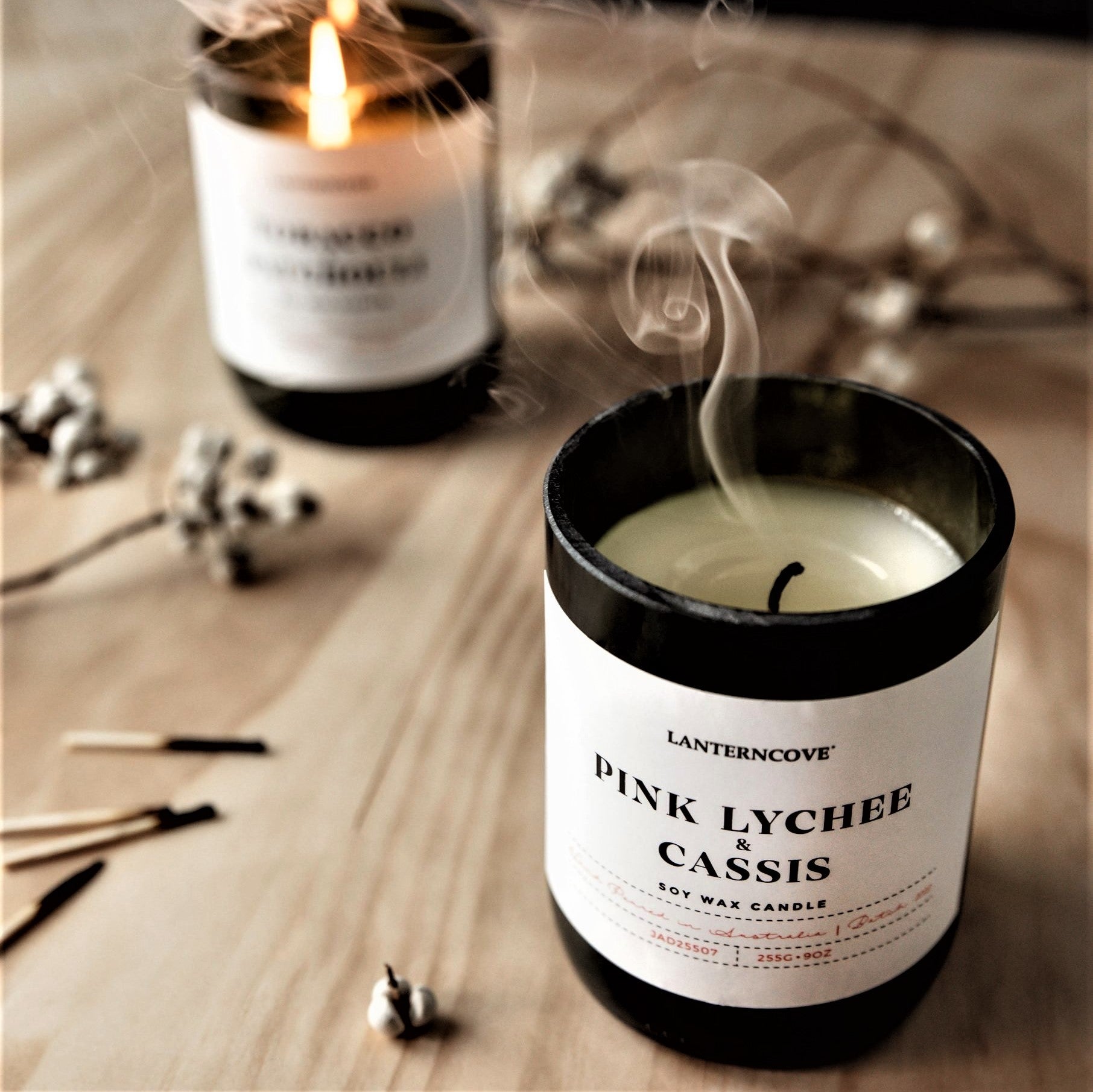Produce Atmosphere with Handcrafted Soy Wax Candles and Home Fragrance
Produce Atmosphere with Handcrafted Soy Wax Candles and Home Fragrance
Blog Article
From Wick to Wax: Comprehending the Chemistry Behind Soy Wax Candles and Their Environmental Impact
As we brighten our rooms with the cozy glow of candle lights, there lies a world of detailed chemistry behind the apparently easy act of lighting a soy wax candle light. The choice in between soy and paraffin wax extends beyond plain looks, delving right into the world of environmental effect and the really composition of the products. Recognizing the molecular framework of soy wax and its burning process clarifies the exhausts launched into our environments. Join us as we unravel the clinical details behind soy wax candles and explore their effects on our setting.
Soy Wax Vs. Paraffin Wax
When comparing soy wax and paraffin wax for candle light production, it is necessary to understand the distinctive attributes and advantages of each material. Soy wax is an all-natural, renewable energy derived from soybean oil, making it eco-friendly and eco-friendly - home fragrance. In comparison, paraffin wax is a byproduct of oil refining, which elevates issues about its ecological impact and sustainability
Soy wax candles shed cleaner and give off much less residue compared to paraffin wax candle lights, making them a healthier option for interior air top quality. In addition, soy wax has a reduced melting factor, permitting a longer-lasting candle light that spreads fragrance much more effectively. Paraffin wax, on the other hand, tends to shed faster and less easily, possibly launching dangerous chemicals right into the air.
From a sustainability viewpoint, soy wax is favored for its biodegradability and sustainable sourcing, straightening with the expanding consumer choice for ecologically conscious items. While paraffin wax has been a traditional selection in candle light making as a result of its affordability and convenience of use, the change towards environment-friendly alternatives like soy wax is gaining momentum in the market.
Chemical Make-up of Soy Wax

Burning Process in Soy Candles
The chemical composition of soy wax directly influences the burning process in soy candles, affecting elements such as burn time, fragrance launch, and environmental effect. When a soy candle is lit, the warmth from the fire melts the wax near the wick. This liquid wax is then drawn up the wick because of capillary action. As the fluid wax gets to the fire, it goes through and evaporates combustion. The combustion procedure entails the vaporized hydrocarbons in the wax reacting with oxygen airborne to create heat, light, water vapor, and carbon dioxide.
The burning efficiency of soy candle lights is influenced by the purity of the soy wax and the high quality of the wick. In addition, soy wax candles have a reduced ecological impact contrasted to paraffin candle lights due to their eco-friendly and biodegradable nature.

Ecological Advantages of Soy Wax

Considered a lasting choice to traditional paraffin wax, soy wax uses notable ecological advantages that make it a popular selection among eco-conscious customers. Soy wax burns cleaner and creates less soot than paraffin wax, contributing to far better indoor air top quality and lowering the need for cleansing and upkeep. Overall, the environmental advantages of soy wax straighten with the growing demand for environment-friendly and sustainable items in the market.
Recycling and Disposal Considerations
Reusing and correct disposal of soy wax candles play an essential function in preserving environmental sustainability and lowering waste in areas and homes. When it pertains to recycling soy wax candles, the initial step is to make certain that the candle light has actually burned entirely. This can be achieved by permitting the candle to burn until the wick is no more useful, and afterwards letting the continuing to be wax cool and strengthen. As soon as the wax has strengthened, it can be meticulously removed from the container.
:max_bytes(150000):strip_icc()/SPR-types-of-Candle-Wax-5323778-hero-e4277e76885049a28707749d892fe592.jpg)
In terms of disposal, if recycling is not a choice, soy wax candle lights are naturally you can look here degradable and can be securely dealt with in many family waste systems. It is always advised to inspect with neighborhood recycling centers or waste monitoring services for particular standards on candle disposal to guarantee appropriate Visit Website handling and environmental protection.
Conclusion
In verdict, the chemistry behind soy wax candles discloses their ecological benefits over paraffin wax candles. Soy wax, derived from soybean oil, burns cleaner and produces less soot when contrasted to paraffin wax.
When contrasting soy wax and paraffin wax for candle light production, it is necessary to understand the distinctive qualities and benefits of each product (home fragrance).Soy wax candle lights burn cleaner and emit less residue compared to paraffin wax candle lights, making them home fragrance a healthier selection for indoor air quality.Taken into consideration a sustainable alternative to traditional paraffin wax, soy wax offers significant environmental advantages that make it a prominent option among eco-conscious customers. Soy wax burns cleaner and creates less soot than paraffin wax, contributing to far better indoor air quality and minimizing the demand for cleansing and maintenance.In verdict, the chemistry behind soy wax candle lights reveals their environmental benefits over paraffin wax candle lights
Report this page